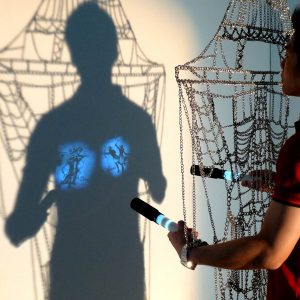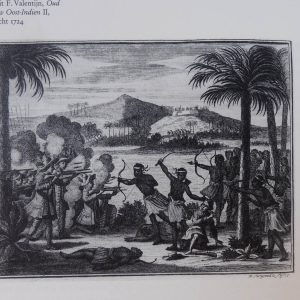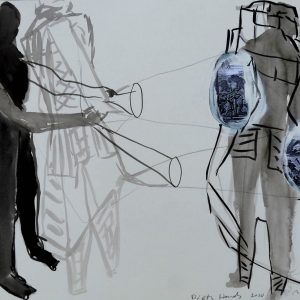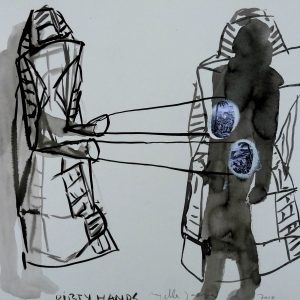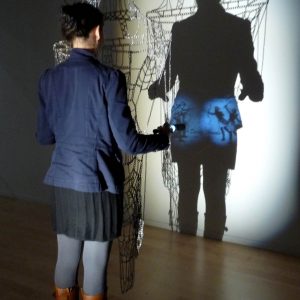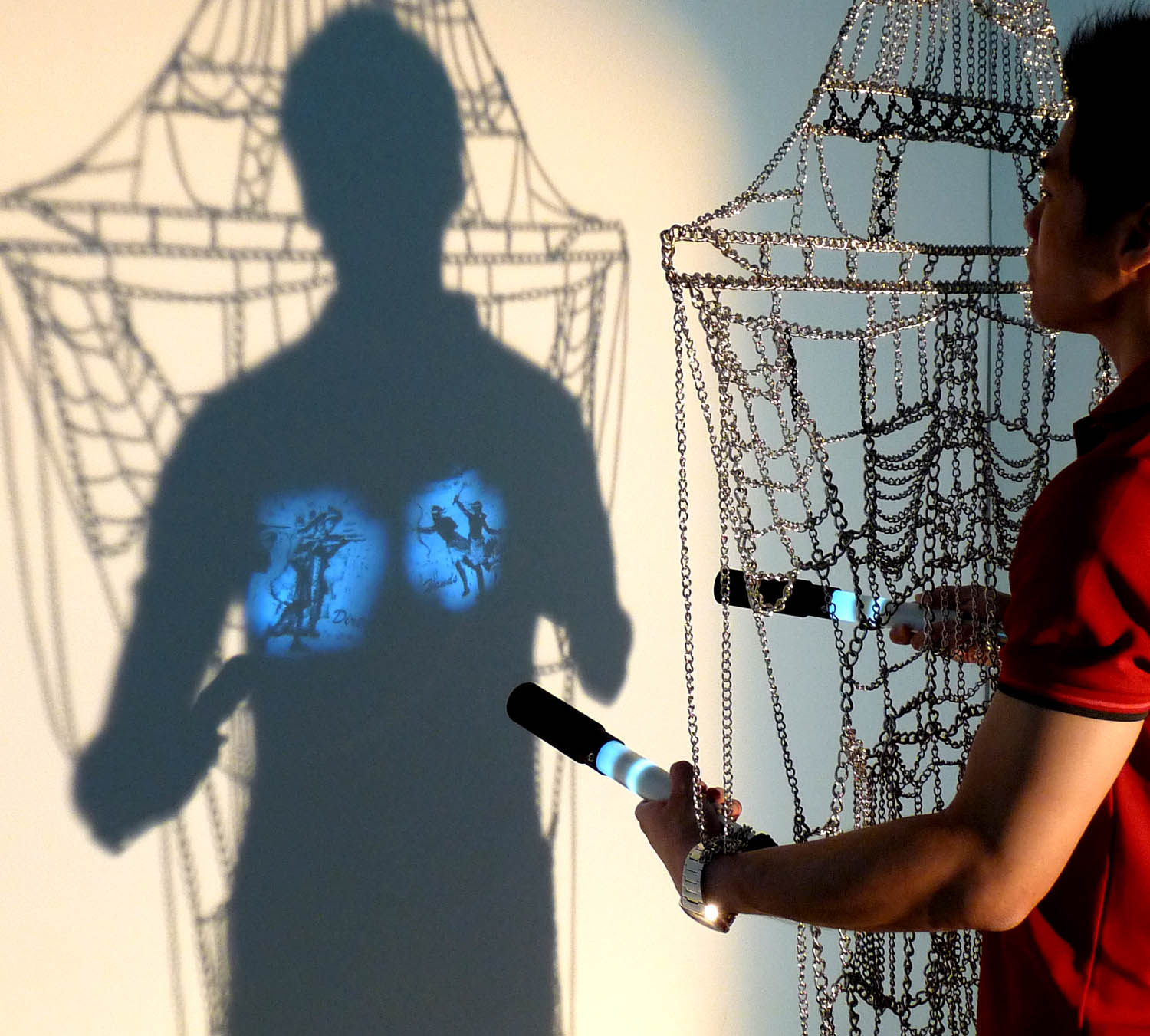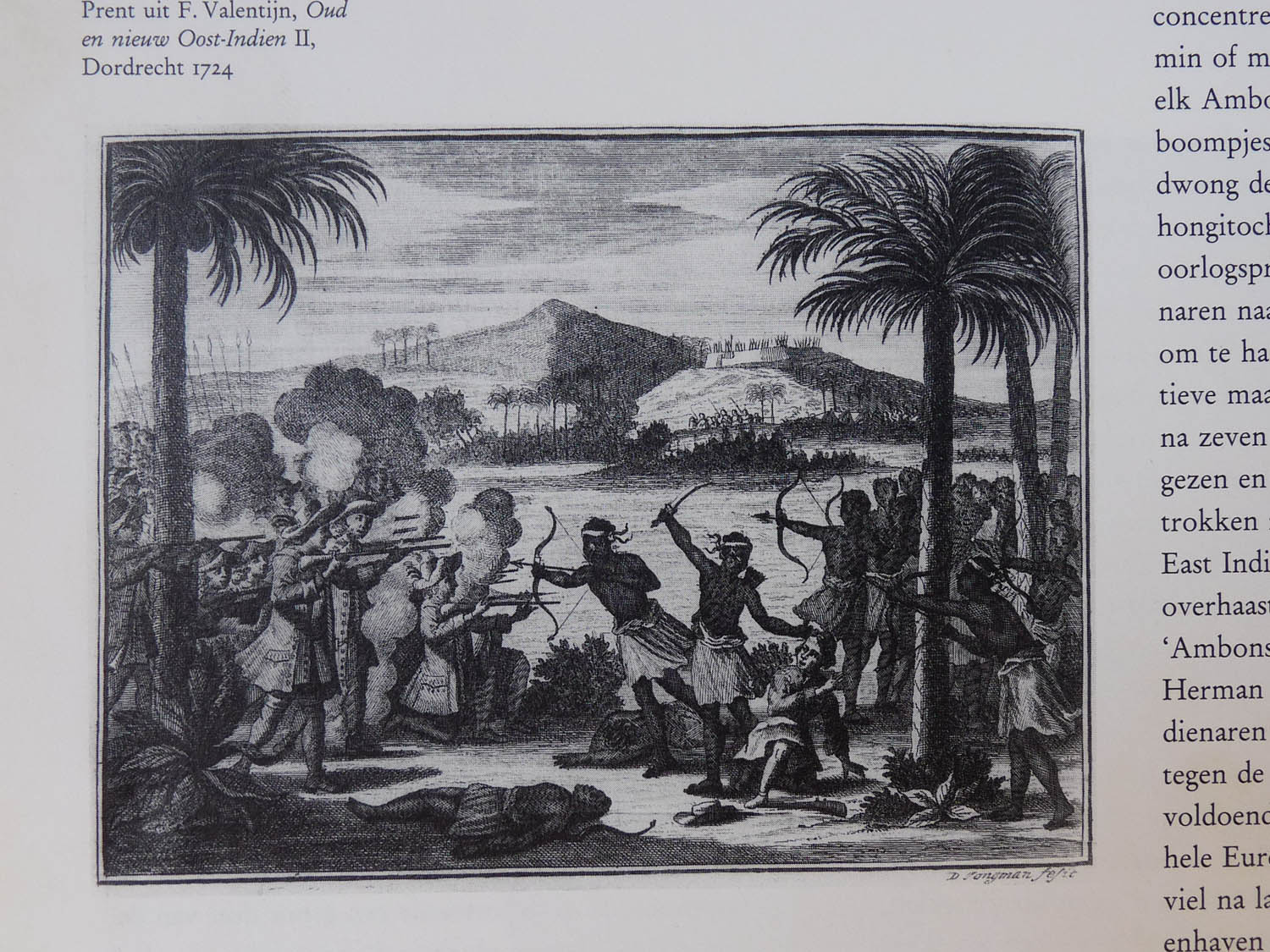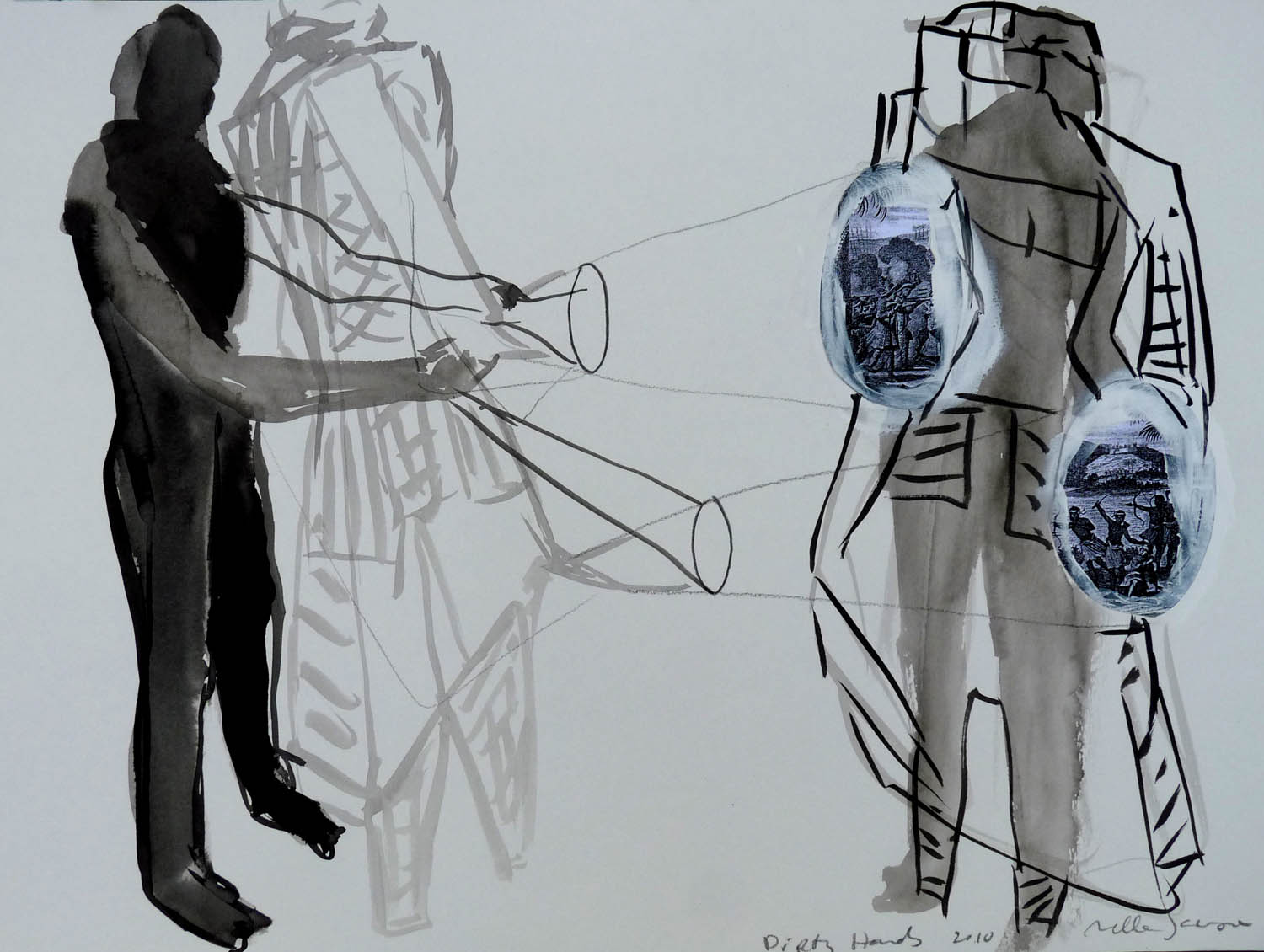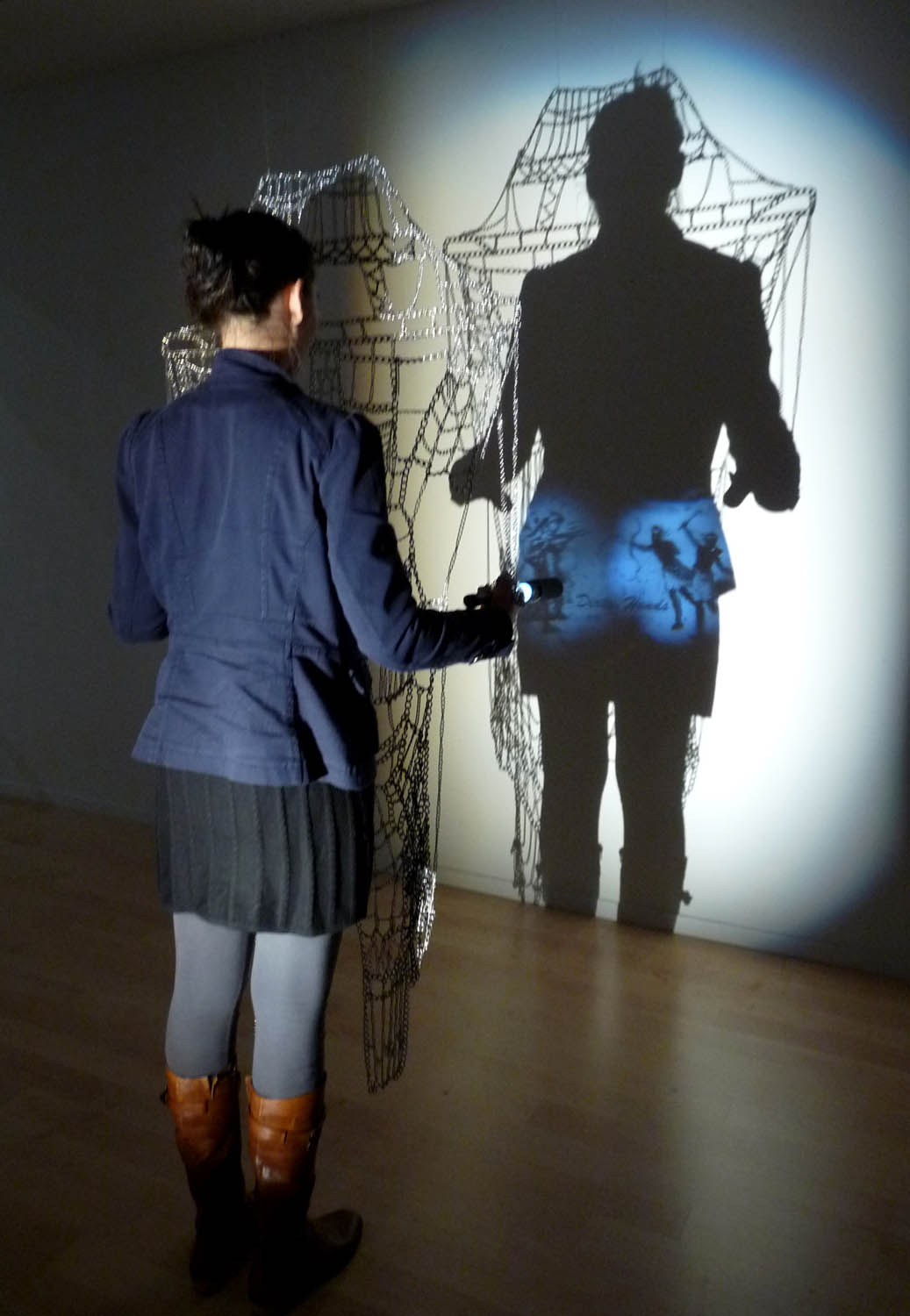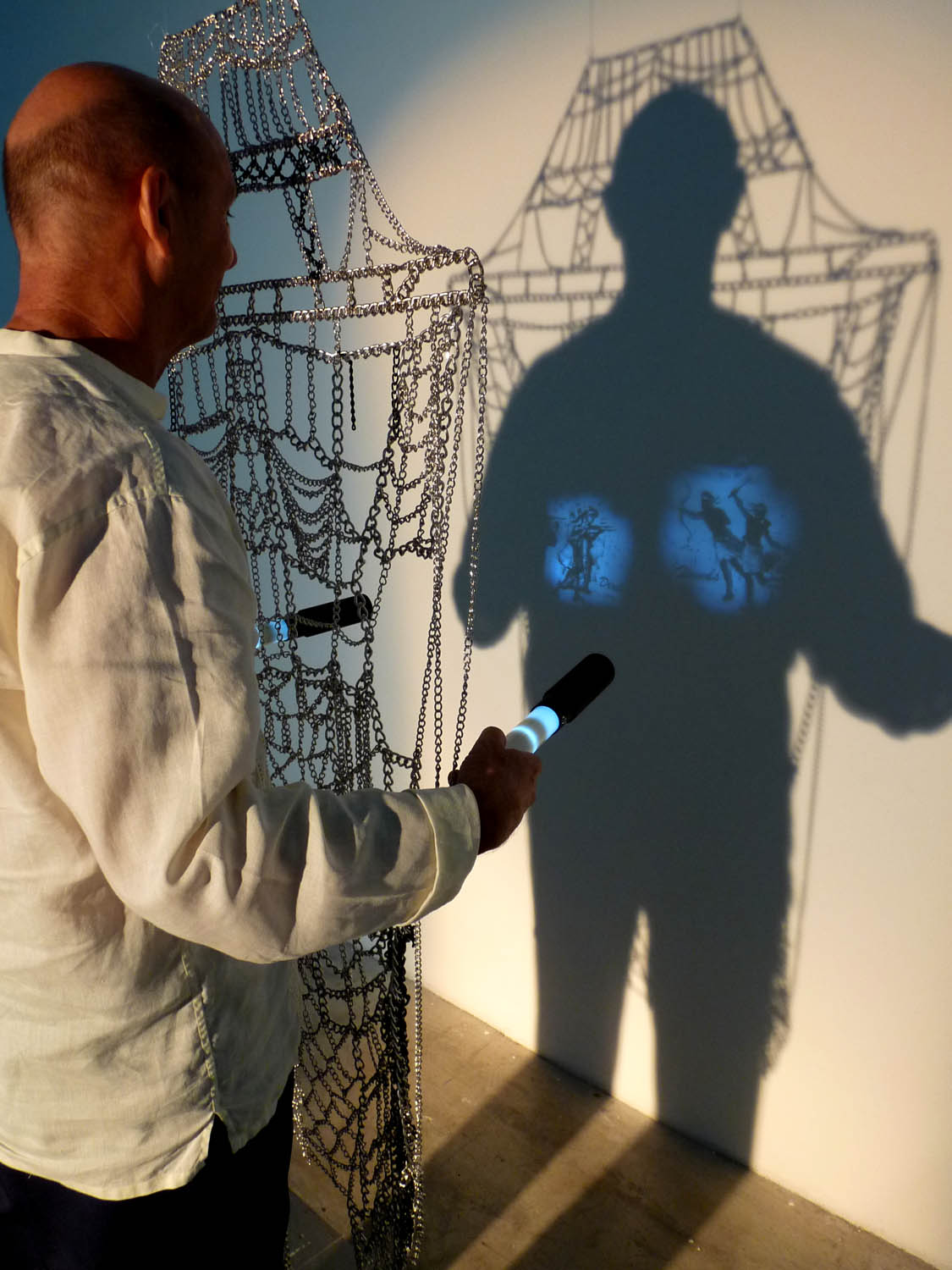I always wonder what sort of processes are involved in the creation of history. Why does an event become a memorial and how does a memorial event turn into history? We make history because we compare.
History consists of contrasts.
Events or cases that are worth remembering form history. In other words: only the most extreme events and cases are memorable. Can we simplify history like this? By dividing everything into black and white, positive and negative, pros and cons? Do we only remember experiences that are extreme/new/outstanding/different? Is history a memory bank of extreme facts, such as the cruelest or the most refined? It must be more than legendary moments.
Civilization is shaped by the compilation of historical moments.
The protagonists of history are heroes and villains.
In her book about the United East Indian Company [VOC], author Els Jacobs states that those who made history can be said to have had the so-called “VOC-mentality”, i.e.: calculated, energetic and ruthless. The way the Dutch traveled the world first and foremost with a salesman mentality –before clergymen. In other words, trade was more important than basic principles.
We need monuments and documents (in the broadest sense of the word) to keep history alive in our collective memory and create new interpretations of history.
But… collective memory is short of memory. The people of Indonesia experienced and remembered case after case, scandal after scandal, and disaster after disaster. For example, the personal histories of politicians who have dirty hands from their involvement in the former dictatorial regime are easily forgiven (or forgotten?). They shamelessly run as candidate for the presidential election. Nothing is what is seems, behind every story is another story. In Indonesia, you have to dig up the history behind the stories.
The work ‘Dirty Hands’ consists of black and white images; contrasts of light and dark that represent our existence; the parts we want to show and the parts we want to hide.
The projected images of ‘Dirty Hands’ are taken from: F. Valentijn, ‘Old and New East-Indies II, Dordrecht’, 1724 [print]. Text that accompanies the original print: “In 1618, the VOC sent an expedition to the island Boano, north of Ambon, for the purpose of quieting the unrest of the inhabitants, the strongest thieves of the region.”
